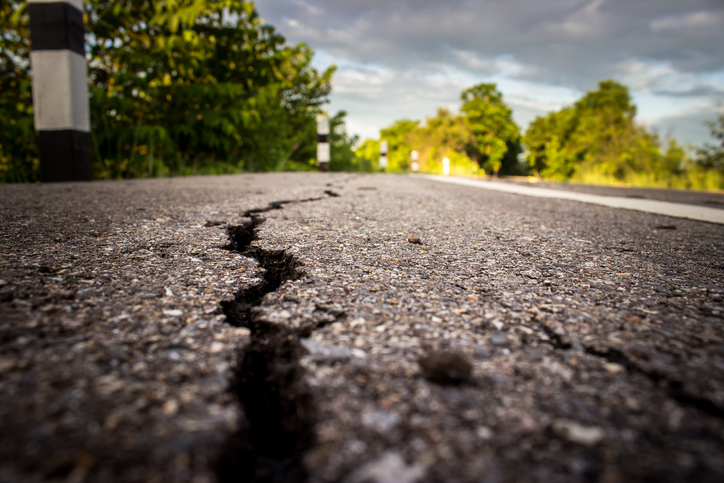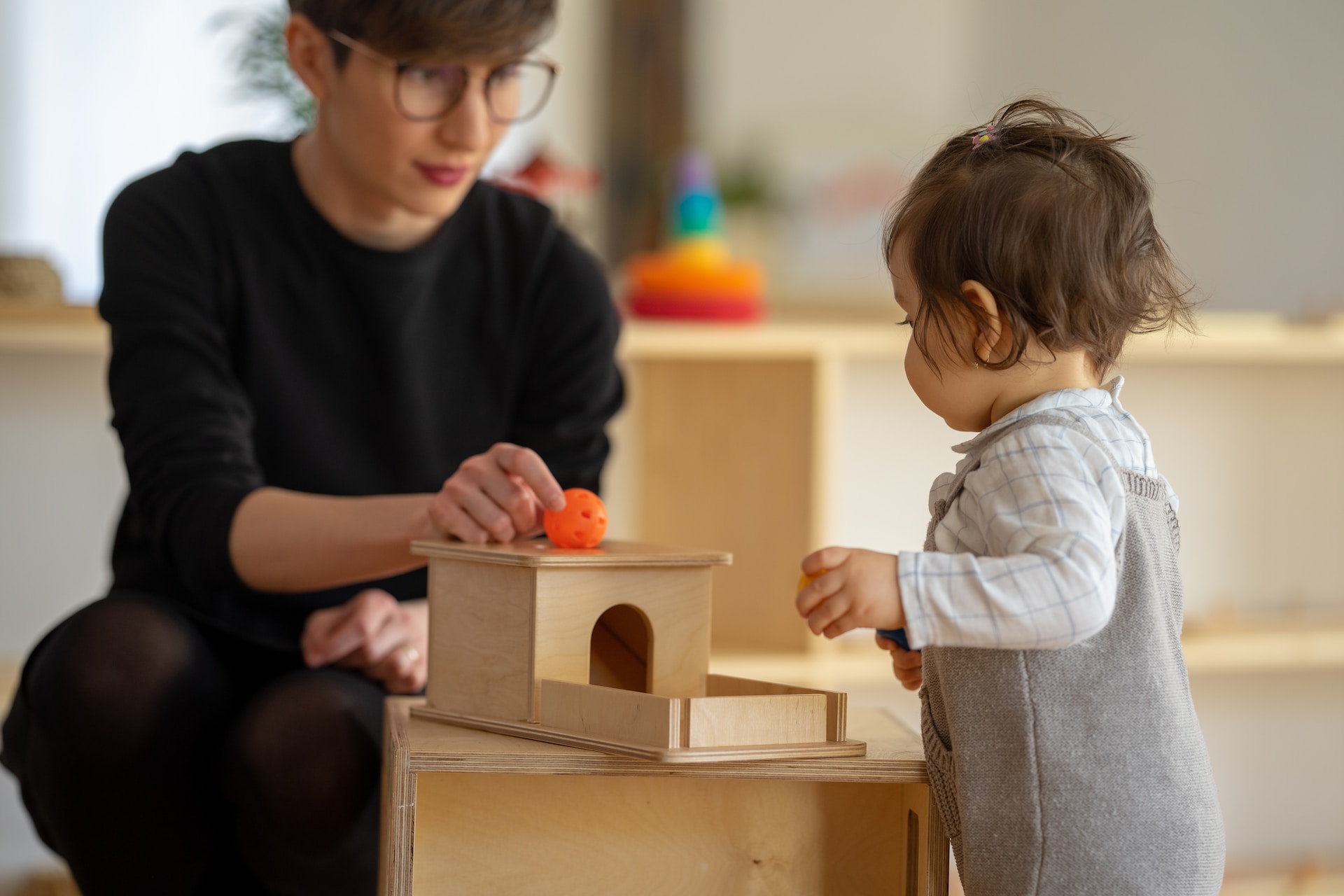While many homeowners are under the false impression that earthquakes are restricted to certain areas of the U.S., the reality is that an earthquake can strike any location at any time. Although states like California, Alaska, Washington, and Oregon are more prone to the risk of an earthquake, one can happen anywhere without warning. An earthquake can cause tsunamis, landslides, fires, and other disturbances that can wreak havoc on an entire region.
As with any natural disaster, the best time to prepare is before the unexpected happens. Read on to learn about earthquake preparedness tips you can use to safeguard your home, family, and pets.
Earthquake Preparedness Tips for Your Family
While natural disasters such as hurricanes, tornadoes, and typhoons can be predicted beforehand, even with today’s advanced technology, there’s no fool-proof way for weather departments to detect the location and magnitude of an earthquake. Although scientists do have a general understanding of which areas of the United States are most prone to earthquakes, they’re unfortunately still unable to assess the exact time this type of catastrophe will occur. For that reason, the only way to minimize loss of life and property damage is to prepare beforehand.
No matter where you live, there are certain earthquake safety tips you can implement to ensure your family’s safety.
Earthquake Readiness Planning Begins Inside the Home
The best place to begin planning your family’s earthquake safety measures is within your home. Follow these five earthquake safety procedures to keep your family safe:
- Identify both the safest and most dangerous areas of your home. Review these areas with your family members so everyone understands where to go if disaster strikes.
- Designate a safe zone where you and other family members can meet if you get separated during or after an earthquake.
- Since fires often break out after earthquakes, make sure your family knows where the fire extinguisher is and how to use it properly.
- Run regular earthquake readiness drills with your family so they become more familiar with how to respond if a disaster occurs.
- Review your community’s earthquake preparedness plans. Identify your city’s safety zones and include an emergency meeting place in your family’s plan in case you get separated.
Build an Earthquake Emergency Kit
After an earthquake, you may have to survive for several days on your own until help arrives. Smart earthquake preparedness means you have enough food, water, and other essential supplies to last for several days. Build a collection of basic household items that you might need if you’re forced to evacuate your home quickly or if you’re unable to leave your home temporarily.
What to Include in an Earthquake Emergency Kit
When assembling your earthquake emergency kit, take your family’s unique needs into account. For example, consider the needs of your pets or senior citizens when building your kit. If you have a baby, don’t forget to pack formula, bottles, wipes, diapers, and other essentials. A basic disaster supply kit safety checklist should include:
- A gallon of water per person per day to last several days
- At least a three-day supply of non-perishable food that can be prepared without gas or electricity
- Flashlights with extra batteries
- A first aid kit
- Waterproof matches
- A battery-powered emergency radio so you can keep up with news and current information
- A whistle to signal for help
- A manual can opener
- A map of your city
- Hand sanitizer or moist towelettes
- Prescription medications
- Non-prescription medicines such as ibuprofen, acetaminophen, and antacids
- Masks to help filter contaminated air
- Copies of important documents such as ID cards, bank account information, and insurance policies
- Sleeping bags or heavy blankets to stay warm
Create an Earthquake-Proof Home to Prevent Structural Damage
Prepare your home for an earthquake to keep your family and home safe from seismic activity. Use this home safety checklist to reduce property damage and help ensure safety:
Purchase Earthquake Insurance
If you live in a region that’s particularly prone to earthquakes, purchasing earthquake insurance is critical. Depending on the magnitude, an earthquake can cause extensive damage to property. Most homeowner’s insurance policies don’t cover earthquake-related damage. If disaster does strike, earthquake insurance can help cover the costs of repairing your home or purchasing a new one so you and your family can continue to live life as normal.
Reinforce the Structural Elements of Your Home
Many new properties are built on a strong foundation, but older homes may be held in place simply by their weight. If your home isn’t fixed firmly to the ground, it may be prone to wobbling, cracking, or crumbling if an earthquake occurs. Here are a few ways you can create an earthquake-proof home:
- Repair any cracks in your walls or roof.
- Reinforce the cripple wall of your home, which is located between the foundation and the first floor of your home.
- Reinforce attached structures such as your garage, chimney, and joint shed.
- Secure anchor bolts or steel plates between the foundation and the house. This small investment can prevent your home from sliding or being overturned during an earthquake.
Secure Items within Your House
After an earthquake, gas leaks can be even more dangerous than the natural disaster itself. Consider investing in automatic shut-off devices or breakaway gas shut-off devices so you can easily turn the gas off. Then, follow these safety precautions to prepare the inside of your home for an earthquake:
- Fasten taller furniture like wardrobes, armoires, and bookcases to the wall with straps or safety cables.
- Hang heavier objects such as mirrors and artwork away from couches, beds, or any other furniture where people sit.
- On shelves, place heavier objects and breakables as low as possible.
- Secure your water heater to the wall.
- Install safety film on glass doors and windows.
- Secure ceiling fixtures like chandeliers and ceiling lights to the permanent structure of your home.
- Install latches on cabinet doors and drawers to prevent items from spilling out.
- Identify the locations of your circuit breaker or electrical fuse box and water shut-off valve so you can quickly turn them off if needed.
If you’re unsure about how earthquake-proof your home is, a professional engineer can evaluate your structure. Don’t hesitate to ask about home safety repair and strengthening tips for features like your porch, deck, sliding glass doors, carport, garage door, or other structures.
Earthquake Pet Safety Tips to Practice During and After an Earthquake
After an earthquake, it’s not uncommon for families to deal with the grief of a missing pet that became separated during the catastrophe. Unfortunately, many pets may never be reunited with their family members due to poor earthquake preparedness. In an emergency like an earthquake, your pet will be even more dependent on you for its well-being and safety. Your family’s earthquake disaster preparedness plan should also include the needs of your pet.
What to Include in an Emergency Kit for Pets
Make sure your furry family members are also ready for a major disaster like an earthquake by following these earthquake pet safety tips. When building a disaster preparedness kit for your pets, follow these safety procedures:
- Pack enough food and water to last for at least five days for each pet. Don’t forget to pack your pet’s bowl and a manual can opener.
- Make sure your pet is properly identified by a tag, collar, or microchip. Your pet should always wear an ID, even when indoors.
- Become aware of your pet’s favorite hiding places. If your pet becomes frightened, it may try to hide.
- Keep a list of your pet’s medical records and medications and store this information in a waterproof container.
- Keep a leash, harness, and secure carrier close by in case you need to suddenly leave your home.
- Take current photos of your pet to help others identify it if you become separated.
- Display a pet alert window sticker on your house to let first responders know there’s an animal inside.
- Write down information about your pet’s feeding schedule or medical conditions along with the contact information of your veterinarian in case you have to temporarily board your pet or place it in a shelter.
- Include your pet’s favorite toy and blanket in the kit for increased comfort.
The above guide is primarily about common household pets such as cats and dogs. If you’re looking for earthquake disaster preparedness tips for other animals such as reptiles, birds, or small animals like hamsters or gerbils, follow these recommendations from the ASPCA.
Prepare Now for an Earthquake
Since earthquakes are more unpredictable than other natural disasters, they can be extremely dangerous. The likelihood of aftershocks following an earthquake can make matters even worse. While there’s no way to know when an earthquake will occur, you can do your part to prepare for one beforehand. Keeping every member of your family educated about earthquake readiness is important. Hopefully, these earthquake safety measures will help you keep you, your family, and your pets safe before, during, and after an earthquake.




